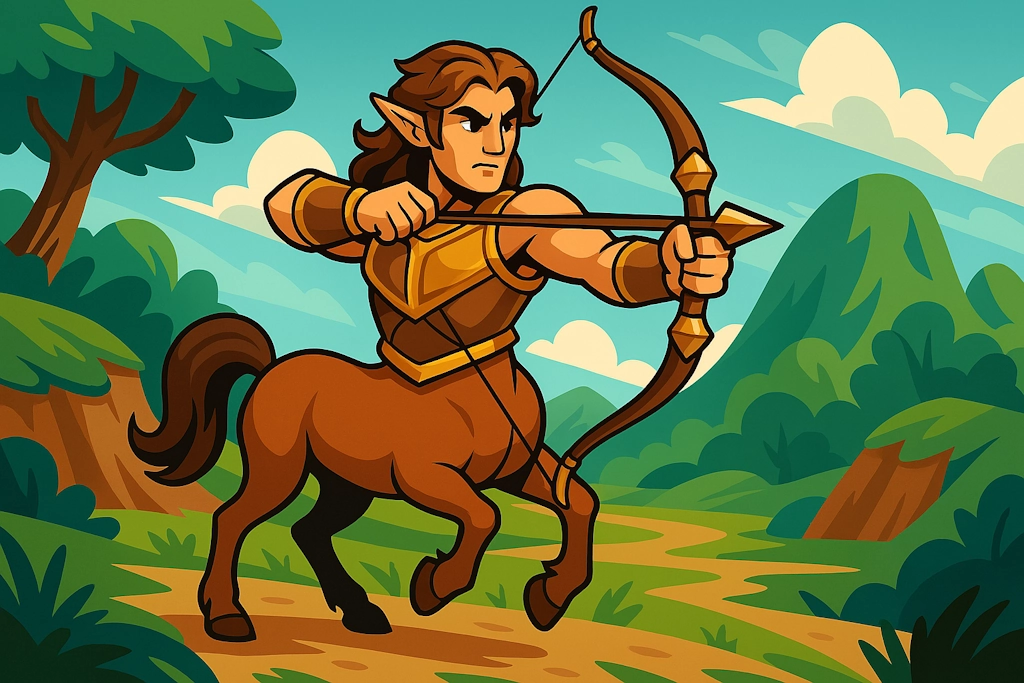♀️Centaur Names(Female)
Generate noble names for half-human, half-horse beings from Greek mythology.
Choose your style:

Centaur Names
Generate noble names for half-human, half-horse beings from Greek mythology.
Featured Collection
Want more mythical creatures content?
Generate 6 more themed items together in one click
Example Centaur Names
Get inspired by these sample results
- Cytharpia
- Chlorousa
- Isite
- Demiche
- Laodialla
- Phenothea
- Galousa
- Ianaste
- Phineda
- Galele

